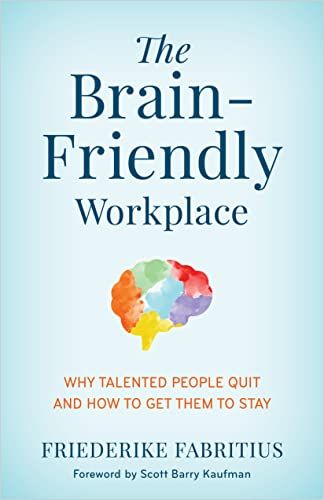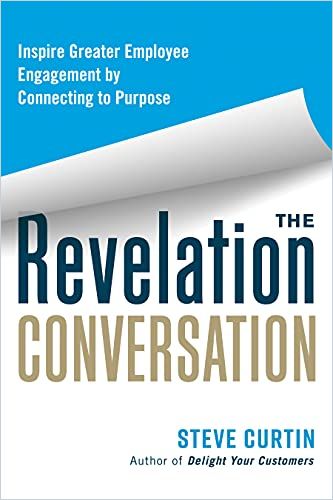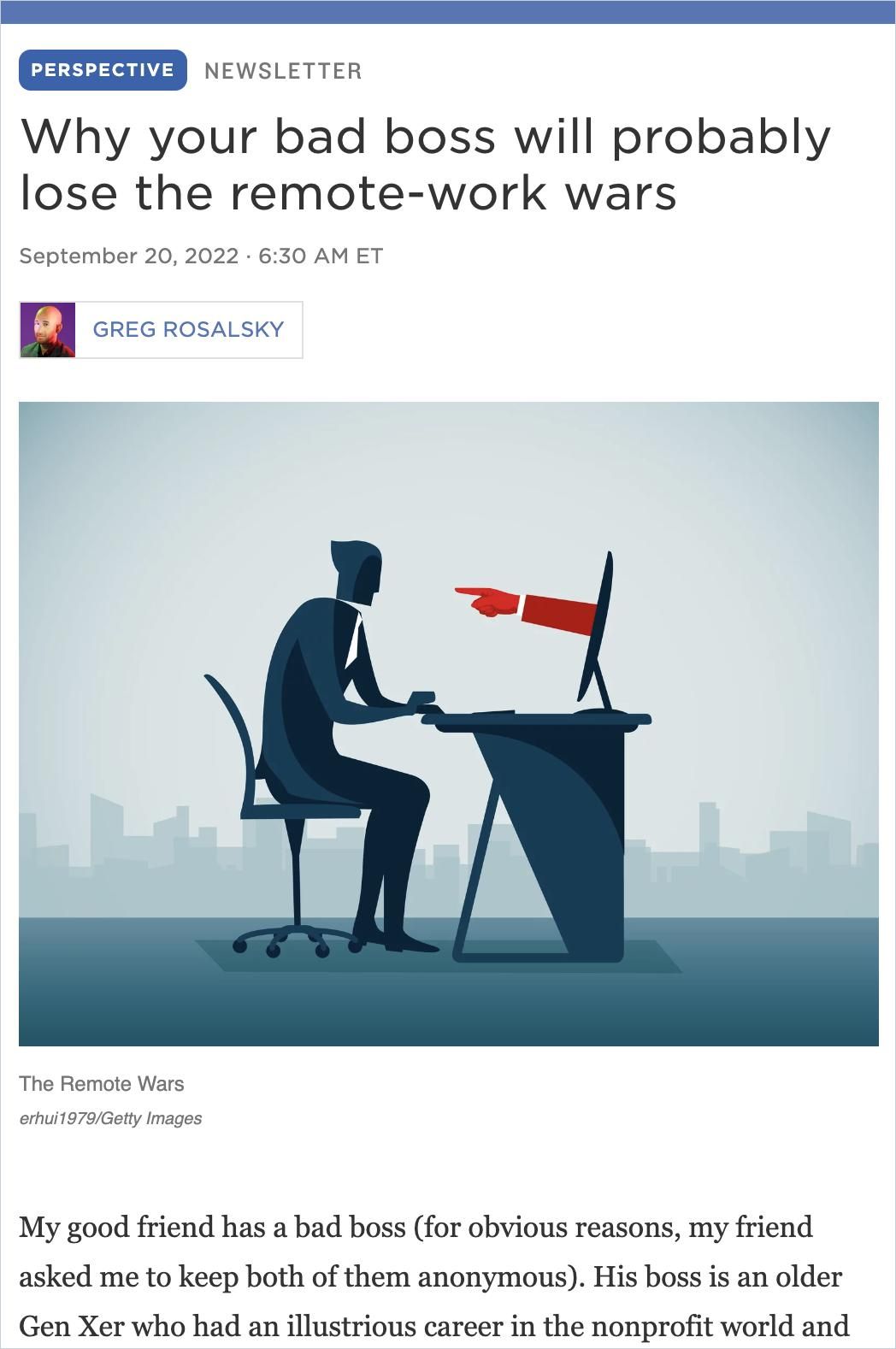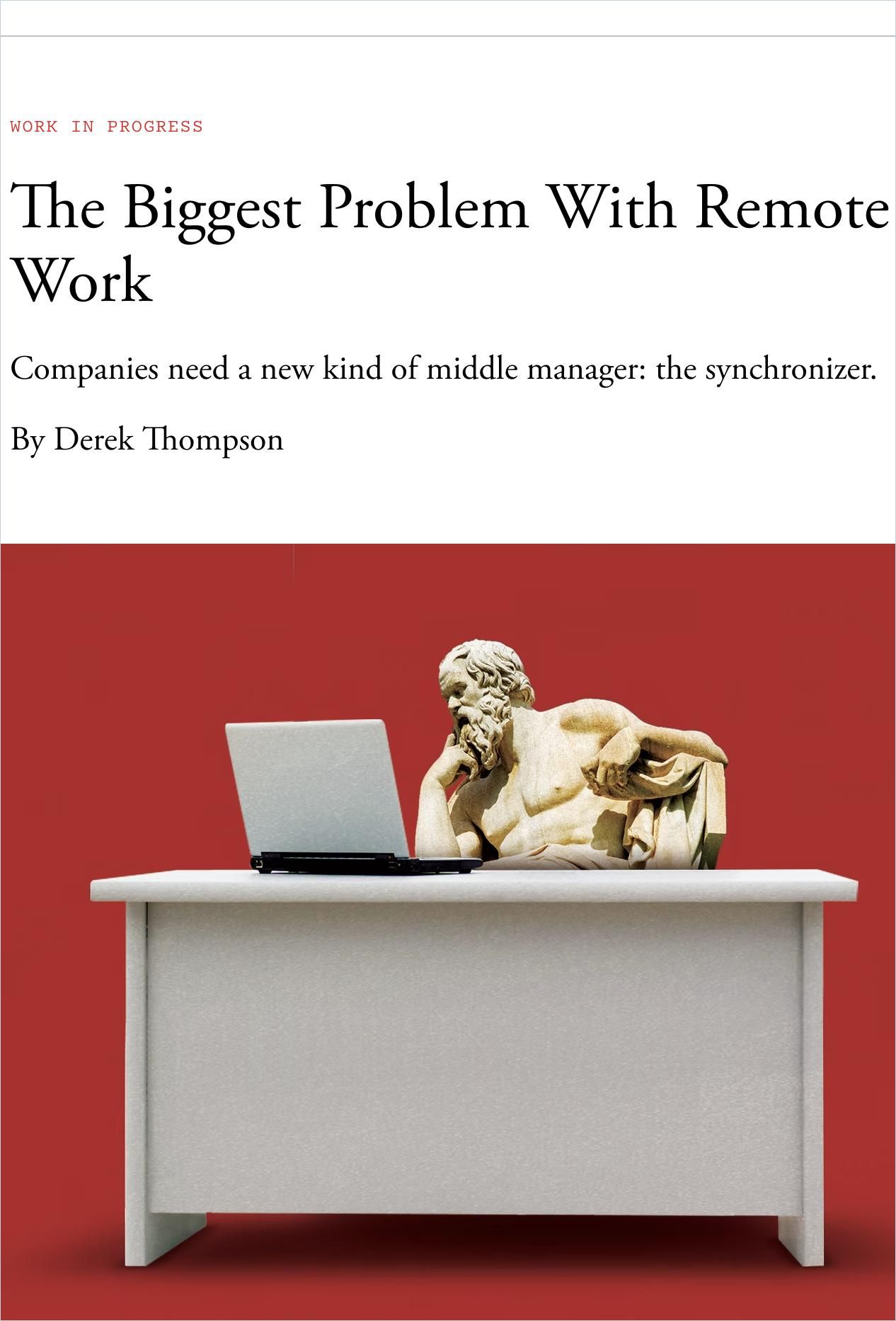The Five Biggest HR Trends in 2023

Some of the most significant HR issues of the near future were already on the horizon in 2022 or even dominating day-to-day business. These challenges include the realignment of work life to hybrid structures (Those who haven’t managed this so far will have a hard time catching up. Find emergency support here, here and here.), and dealing with a staff shortage while at the same time the wage expectations of the entire workforce are rising.
1. Workforce Ecosystem Management
According to AIHR, managing workforce ecosystems is a top priority in 2023. Beneath looking after and improving the workflows of existing employees and recruiting new ones, a focus on total well-being is indispensable for future-proofing organizations.
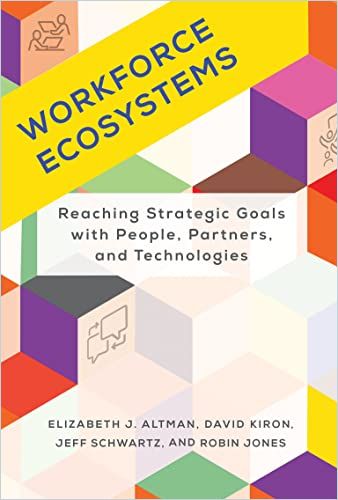
We’ve all gotten used to not having every meeting in meeting rooms, and the same goes for working with new people on the other side of the world daily. But:
To minimize friction, workflows need to be aligned, silos need to be broken down, and rules need to be defined as simply and efficiently as possible.
In this context, the concrete instructions for action and deeds depend on the organization’s structure. The most prominent grains of sand in the gears are
- Duplication: Different people or departments perform the same work but do not collaborate.
- Stalled projects: They cost time, resources and nerves but are stuck somewhere, and – of course – no one cares any further. Usually, they don’t even have an owner.
- Poor internal communication: Fuzzy, ever-changing, obviously unrealistic goals or poor strategy statements.
- Unclear job roles and responsibilities: If you wear too many hats, you can’t do anything right. And if you don’t have one on, you’ll never be asked.
As a rule of thumb, the smaller the organization, the smaller the effort to clean the mess up. To find out where the most significant problems are in your organization, do two things in particular: Ask your workforce and be open to making appropriate changes.
The following three summaries provide many valuable tips on how the coming months can become real liberating moments for your company.
Focus: Driving Performance
Those who want to take supporting their own talent to a new level should focus on learning and innovation thinking – and say goodbye to the fragmented hiring systems of the 1990s, i.e., think more strategically. Imagine your workforce – wherever it is based – as a living “supply chain,” and you get an idea of how many thousands of links can be tweaked to make them work together in the best possible way.
Focus: Well-Being
Those who focus on efficiency should always keep in mind, however, that only colleagues who feel safe and cared for can really deliver top performance.
The following paragraphs are all interwoven in some way with this top priority and go into more detail.
2. Increasing Independence
For micromanagers, the last few years have been hell – and actually, no one feels sorry for them anymore. After all, the above-average employees always knew what needed to be done anyway, without being asked or forced to do it. In How the Future Works, Brian Elliott, Sheela Subramanian and Helen Kupp let down a rope ladder into the few left micromanaging holes around the corporate world by outlining seven steps to retrofit a company for the new future of work:
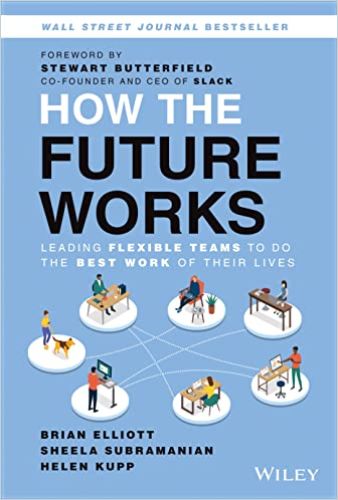
- Operate according to a firm set of principles.
- Establish behavioral guidelines to ensure maximum flexibility for employees.
- Don’t dictate flexible work policies to your employees. Secure their agreement as you develop policies.
- Experiment with flexible scheduling to find a solution that works for your company.
- Create virtual connection cultures employees will love.
- Improve your skills to manage effectively in a virtual work environment.
- Avoid the “doom loop” and adopt the “boom loop.”
It’s time not only to “let people do it” but to shape their independence in a way they get something out of it. Flexibility and growing liberty are excellent, and some may derive their “purpose” from it – but it also needs new (sometimes strikingly creativity-driven) framework conditions and a breeding ground that ensures targeted growth instead of sprouting weeds.

The nefarious new way companies are discriminating against remote workers: time-zone prejudice
Business Insider UK Read SummaryGet more insights from these recent Journal articles:
3. Remuneration
As SHRM reports, employers in the U.S. plan to boost salaries an average of 4.6 percent in 2023, up from 4.2 percent in 2022: “Employers say inflationary pressures and the ongoing challenges of finding and keeping workers are the main reasons for the higher projected increases.” This is a response to the current rather uncomfortable situation in which many companies find themselves. But there are others. Here you will find further tips on how to proceed in the current situation so as not to lose out on wages:
Want to know more about holistic reforms to your payment systems? In Scaling Up Compensation, authors Verne Harnish and Sebastian Ross urge organizations to build their entire compensation system around a “total rewards” strategy that aligns worker behaviors, decisions and actions with corporate values and culture.

Their main ideas?
- Connect pay to your company culture and values.
- Focus on what employees do, not how much they cost.
- Compensate people equitably, not equally.
- Learn more.
4. Skills Management
Actually, this is old hat, but still crucial because upskilling your people is not only required, but also cost-effective compared to hiring, and your people don’t have to be tested first for their suitability in terms of company culture and identification.
It may be that ‘everyone is replaceable’ even in tight labor markets, but the cost of replacement is currently higher than ever before – and even the most comfortable HR executives have noticed that by now.
Here you’ll find articles from the Journal that encourage finding talent in-house – and explain why their most significant asset, their people, need proper asset management that doesn’t dry them up but multiplies the opportunities:
5. Upskilling Leaders
One type of colleague tends to be forgotten when it comes to skills management, even in the best companies: the managers. To get started, world-renowned futurist Bernard Marr’s Future Skills provides a good overview of the most essential leadership skills for the coming years.
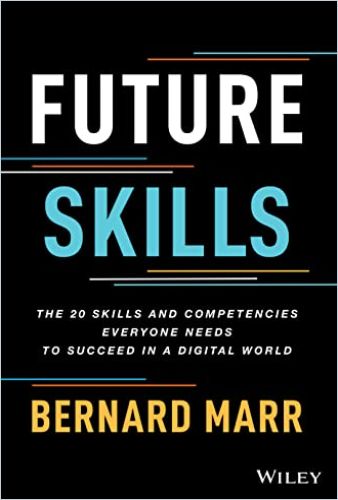
In 2023, most managers have some catching up to do in three crucial areas: Inclusion initiatives, leadership style updates, and discovering new resources of inspiration.
Focus: Inclusion
HR departments are intensifying their efforts to build more inclusive HR practices. Currently, diversity initiatives are primarily focused on recruitment. Still, there is a lot of unfinished homework waiting in-house – and this is where the most significant leverage in retaining exceptional employees lies. At this point, the executives are in demand and should be trained and sensitized accordingly.
Remember: Whether it’s LGBTQ+ issues , about glass ceilings for women, or psychological safety for all – no one can do it alone, it takes a group effort.
Focus: Coaching & Mentoring
Let’s face it: We’re amidst an engagement recession. The 2022 global EY Belonging Barometer found 80% of workers report feeling lonely at work. According to Gallup, only 21% of employees are engaged at work, and poor 33% of employees thrive in their overall well-being.
Not surprisingly, many companies are now trying to use the most efficient re-engagement tools known: mentoring and coaching.
In a new ATD survey, conducted with 418 talent development professionals about their organizations’ formal coaching programs, most respondents said they had more than one coaching program in place by the end of 2022. Twenty-six percent even offered four or more programs. While 65% of respondents said they had a virtual coaching program, where a coach works with a coachee through a video platform. 80% of the companies use internal coaches. So you’re in good company if you intensify your efforts here. A simple first step can be to ask more (of the right) questions in all conversations.
Focus: Inspiration
Renowned leadership expert Stephen M.R. Covey recently told getAbstract that in 2022, a record number of companies discovered that “trust has become a new currency” regarding leading talent. It works as a lubricant in the new world of hybrid work. But trust alone doesn’t keep the machine running, he added. It’s the inspiration that attracts and motivates the best employees – and managers who lack radiance, communicate in an insincere manner, or are visibly clueless soon find themselves alone. To prevent this, here’s some inspiration.
By the way: Inspiration is not a one-way street! Managers (and whole company cultures) benefit extensively from employees who discover new ideas, too. However, this calls for the right environment in which curiosity is nurtured, and innovation is encouraged.

